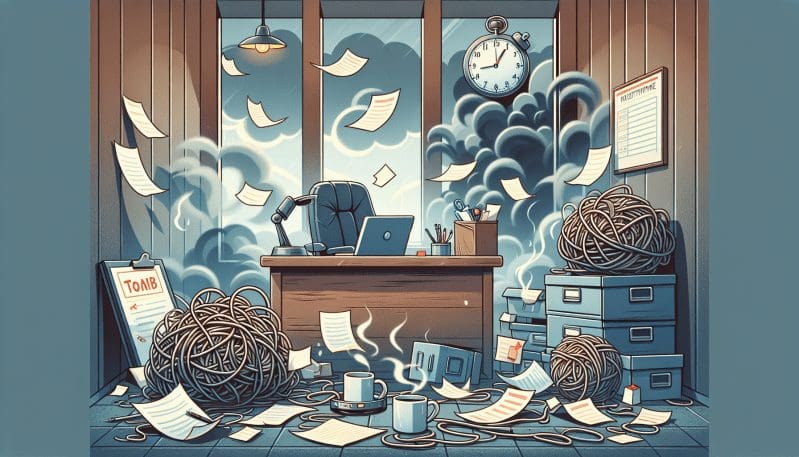The Unseen Tolls of Workplace Stress: Bridging the Awareness Gap in High-Pressure Professions
- Home
- The Unseen Tolls of Workplace Stress: Bridging the Awareness Gap in High-Pressure Professions
- Editors Desk
- April 15, 2024
- 0 Comments
As we acknowledge Stress Awareness Month, it is imperative to discuss the hidden facets of workplace stress, especially within high-pressure industries that are frequently overshadowed in these conversations. While the World Economic Forum and similar entities shine light on a myriad of work-related stress issues, No Worker Left Behind champions the unspoken distress that permeates through certain sectors. Our mission is to amplify the silent cries of the workforce and instigate change in the cultures that inadvertently perpetuate stress and burnout.
Why do certain high-stress jobs go unnoticed in the broader dialogue on workplace stress? Jobs in emergency services, healthcare, law enforcement, and even high-stakes finance are riddled with intrinsic stress factors, including life-or-death decisions, long hours, and the weight of responsibility. However, they are often neglected because their high-stress nature is considered ‘part of the job.’ Workers in these fields encounter unique psychological challenges such as vicarious trauma, constant alertness, and moral injury, which remain largely unaddressed.
Societal expectations and the notion of professional ‘toughness’ have fostered a culture where stress and burnout are stigmatized, particularly in industries with a ‘stoic’ reputation. This not only hinders individuals from seeking support but also perpetuates a workplace environment where acknowledging stress is equated with weakness. The cost of this silence is substantial, leading to increased absenteeism, turnover, and even severe health implications among workers.
The long-term effects of this unacknowledged stress are not just personal but also reverberate through teams and organizational outcomes. Prolonged exposure to workplace stress without adequate support can lead to decreased productivity, loss of camaraderie, heightened conflict, and ultimately, a detriment to the organization’s bottom line. It’s a vicious cycle where the failure to address stress leads to organizational strain, which in turn exacerbates the stress on individuals.
Employers in high-pressure environments face the complex challenge of breaking the mould and fostering a culture that not only recognizes stress but also actively supports mental well-being. This requires a multifaceted approach, beginning with leadership that is attuned to the signs of stress and equipped with the empathy to act. Policies that prioritize mental health, resources for stress management, and a shift in organizational values are key elements in this paradigm shift.
Industry-specific strategies could include peer-support networks, regular mental health check-ins, destigmatization campaigns, and training programs that focus on resilience and stress management. Not to mention the potential impact of leveraging technology to monitor and manage stress levels, providing a more objective lens on an often subjective issue.
Amid the gloom, there are glimmers of hope and success stories worth sharing. For instance, companies that have successfully integrated stress awareness programs have reported not just a drop in absenteeism, but also a rise in employee engagement and satisfaction. These organizations serve as beacons, lighting the way for others to follow suit.
In conclusion, as leaders, policymakers, and advocates for the workforce, we must champion a more inclusive and empathic approach to stress management and mental health support. This means crafting solutions tailored to the unique pressures and cultural nuances of various industries. It is not just about creating a supportive work environment; it’s about reconceptualizing our perception of what it means to be strong in the workplace. Together, we can ensure that indeed, no worker is left behind.


Leave A Comment